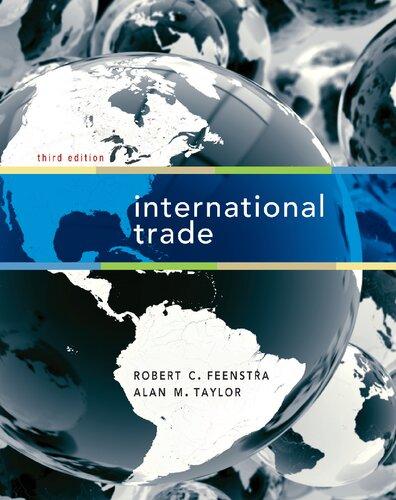1. This problem uses the Heckscher-Ohlin model to predict the direction of trade. Consider the production of...
Question:
1. This problem uses the Heckscher-Ohlin model to predict the direction of trade. Consider the production of handmade rugs and assembly line robots in Canada and India.
a. Which country would you expect to be relatively labor-abundant, and which is capitalabundant?
Why?
b. Which industry would you expect to be relatively labor-intensive, and which is capitalintensive?
Why?
c. Given your answers to
(a) and (b), draw production possibilities frontiers for each country.
Assuming that consumer preferences are the same in both countries, add indifference curves and relative price lines (without trade) to your PPF graphs. What do the slopes of the price lines tell you about the direction of trade?
d. Allowing for trade between countries, redraw the graphs and include a “trade triangle”
for each country. Identify and label the vertical and horizontal sides of the triangles as either imports or exports.
Step by Step Answer:







